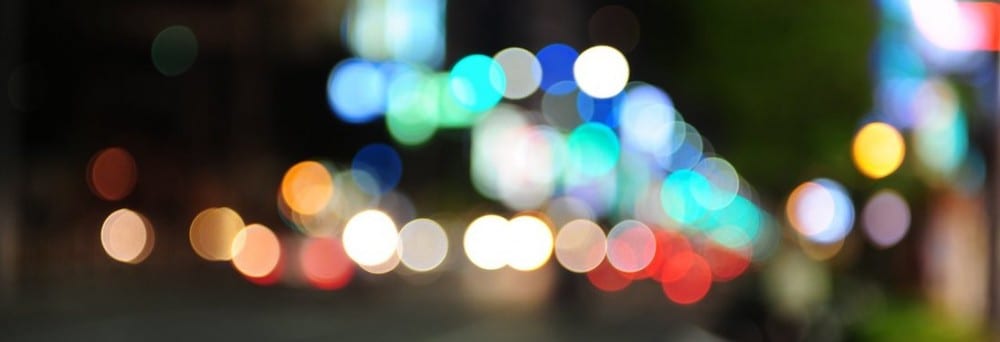Our piece consists of wearing T-Shirts with QR codes that people can scan. Our original plan was for the codes to lead to links about liberation and consumerism. However we concluded this was taking the themes too literally. Instead we have decided that the links we wear should be personal to us. As we walk round the city with our QR codes our fundamental aim is to lift a person out of the present and transport them to a different time and place, to make them think of something else, to make them pause their busy lives, even if it is only for a few minutes.
To do this we needed the personal touch, if we bombarded the audience with facts and figures about consumerism, effectively guilt-tripping them, we did not feel this would get the intended response. By making the links personal it gives an audience more opportunities to think, to stop, to reminisce. This idea was influenced by the performance we saw this year; I Wish I Was Lonely. In this production the two actors did indeed include many statistical facts and figures about technology, however they broke this up with touching, personal stories. For example the story of a miscarriage. This touch of the personal made it easier for an audience to trust them, made it a more comfortable environment to actively participate in.
We want to include this concept n our performance. By making the links personal we give the audience our trust, we are sharing intimate memories and experiences, even if we don’t directly reference ourselves, the sense of intimacy and vulnerability will be evident. This also makes our links more relatable, they make an audience think about their own past,their own moments of vulnerability. This nostalgia will make them pause in their lives and think about their past, even if it is for a moment, we will have achieved our objective of making them stop their lives and think about something else.
Walker, H. J. and Thorpe, C. (2015) I Wish I Was Lonely. [performance] Hannah Jane Walker and Chris Thorpe (dir.) Lincoln: Lincoln Performing Arts Centre, 11 February.


